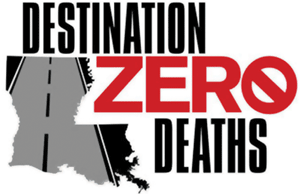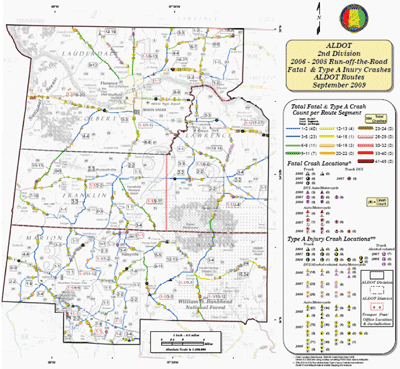SHSP Steering Committee Manages Implementation with Tracking Tools
Original publication: SHSP Implementation Process Model, Supplement Number 1 – Case Studies; FHWA-SA-10-025; 2010(PDF, 1MB)
Key Accomplishments
- Developed user-friendly tracking tools enabling the Steering Committee to monitor SHSP implementation progress.
- Established a process for emphasis area team leaders to regularly update SHSP leadership on implementation status.
To ensure implementation of the SHSP is progressing according to plan, the Steering Committee requires emphasis area team leaders to report the status of their action items on a quarterly basis. To support this effort the Ohio Department of Transportation (ODOT) has developed two tools to streamline the tracking and evaluation process.
Quarterly reports display the priority strategies, give an update on the annual safety goal, and provide the actual number of fatalities to date by emphasis area. Each emphasis area team leader provides updates on the status of individual implementation activities for each priority strategy. The SHSP steering committee receives a master quarterly report to enable comprehensive tracking of implementation.
Example of Quarterly Report Entry:
Emphasis Area I – Fixed Object Crashes.
Priority Strategy – Conduct RSAs.
Comments – ODOT staff has identified locations and begun RSA reviews. All RSAs are to be conducted by the end of 2009.
ODOT analysts also provide automated quarterly reports to the Steering Committee showing fatalities and incapacitating injuries by emphasis area. The spreadsheet shows fatalities for a three-year period. This report allows the Steering Committee to track fatality and incapacitating injury trends and measure progress against goals.
Results
ODOT developed user-friendly tracking and evaluation tools to improve the SHSP Steering Committee’s ability to monitor implementation progress. The procedures developed provide relevant and timely information to the Steering Committee so implementation challenges are identified early and can be addressed.
Contact:
Michelle May
Safety Program Manager
Ohio DOT
614-644-8309
Michelle.May@dot.state.oh.us



